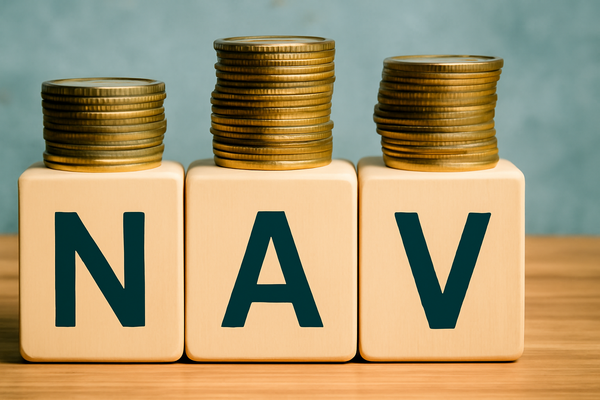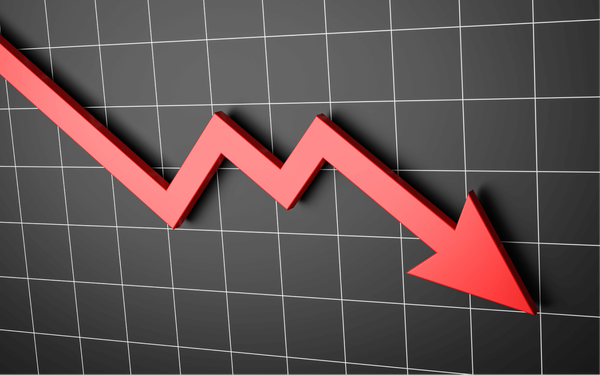Understanding Government Securities or G-Secs
G-secs or Government Securities are considered one of the safest investment options. Now, let's understand it.

As per Economic Times, in the first quarter of FY25, through G-Secs, Indian households held about 158% of GDP in Gross Financial Assets, greater than the pre-pandemic levels. Such a huge jump indicates that more retail investors find government securities more appealing, given the safety and stability compared to volatile markets. With low risk and regular interest income, it’s no surprise people want to learn more on G-Secs.
Let’s understand G-Secs, what they mean, the different types, how to start making investments, and why you should consider investing in them.
What are G-Secs?
Government securities, or G-Secs for short, are debt instruments issued by the government of India to borrow money from the public. A G-Sec is a loan the government takes with a promise to pay back with interest for a specified time. It is considered one of the safest investment avenues available in the country.
Let us assume that the government has issued a G-Sec at ₹1,000, having an annual interest rate of 7% with a tenure of 10 years. You shall receive interest at the rate of ₹70 every year. After 10 years, you will receive back your ₹1,000.
That is how simple and predictable a G-sec investment is.
Why should you invest in Government Securities?
Below are some of the reasons why many investors are choosing to invest in government securities over traditional options like FDs:
- Safety and credibility: The government backs all G-Secs; hence, there is a near-total absence of risk in default.
- Predictable returns: Fixed coupon rates mean you know how much you will earn.
- Liquidity: You can buy and sell G-Secs on secondary markets anytime, especially online.
- Portfolio diversification: They provide balance against volatile assets such as stocks or mutual funds.
- Tax benefits: Some G-Secs offer tax exemptions on interest income (though not all).
How to invest?
Investing in G-Secs has become easier, thanks to the ideal platforms to buy bonds commission-free.
Here’s how to get started:
- Start by opening a demat account.
- Go to the Bonds or G-Sec section.
- Choose a security option with your desired maturity and interest rate.
- Make an order like you would for stocks.
- You can then track your investment.
G-Secs vs other investment options
The table below compares G-Secs to other investment options, letting you know which suits you best when considering an investment.
Things to know before investing in G-Secs
The following are some of the major things you should know before starting to make investments in G-Secs:
- Interest rate risk: The G-Sec prices may fall when interest rates rise.
- Lock-in periods: Some G-Secs may come with non-tradeable periods after being issued.
- Taxation: The interest you earn from investing in G-Secs is usually added to your income and taxed accordingly unless specified.
- Minimum investment: You can make a minimum investment of ₹10,000, but the amount can vary based on the platform you use to invest.
Who should consider a G-Sec investment?
Whether a student or a professional, diversifying the portfolio with government bond securities will bring about equilibrium while mitigating ultimate investment risks. G-Secs can be an ideal investment option for various types of investors, including:
- Retired individuals who are looking for fixed income.
- Young investors who want safe, long-term options.
- Risk-averse investors who are avoiding stock market volatility.
- Goal-based savers like those saving for a house or a child’s education over a 5–to 10-year horizon.
G-Secs: An ideal investment option?
While inflation is rising and market volatility is becoming common, G-Secs has proved to be a superior investment option. You need not be a financial expert to start. You can take the first step towards smarter, safer investing by learning what G-Secs are and how they work.




